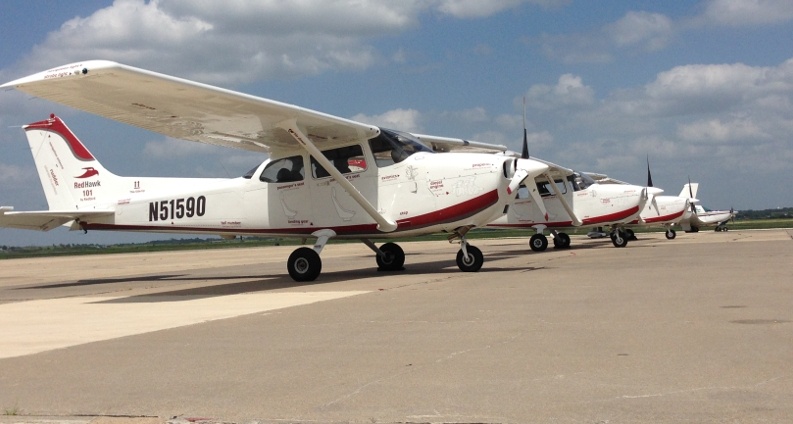FAA Proposes Big Changes for Flight Training
On May 12, the FAA released a notice of proposed rulemaking (NPRM) with a variety of changes to Part 61 that would allow pilots and flight schools the opportunity to save time and money, while addressing many issues brought forward by the flight training community in recent years. The most prominent changes of the NPRM would allow the use of an aviation training device (ATD) to meet instrument recency requirements that better align with those completed in an aircraft, allowing technologically advanced aircraft (TAA) to meet training requirements for commercial aircraft, and crediting training from a sport pilot instructor to count towards higher certifications. Redbird Flight will continue to review all aspects of the NPRM and will submit formal comments before the deadline on August 10, 2016. Here is a quick look at the issues most significant to the flight training community addressed in the proposed changes.
ATD instrument recency requirements that better align with those completed in an aircraft
- Because of the impressive level of today’s ATDs, the FAA will no longer require that an instructor be present when a pilot uses an ATD to meet the flight experience for instrument recency required by FAR 61.51(g)(5). The pilot will simply need to record and log the ATD flight tasks in his logbook.
- Instrument rated pilots meeting the instrument recency requirements in an ATD would only need to be accomplished every six months, instead of every two months. This would match the timeframe currently allowed when completing the instrument flight experience in an aircraft.
- The NPRM also reduces the number of tasks and the time requirements that are currently necessary when using an ATD to meet instrument recency. Language would be revised to no longer require pilots, who opt to use ATDs for accomplishing instrument experience, to complete a specific number of additional instrument experience hours or additional tasks. A pilot could preform 6 instrument approaches, holding procedures and course tracking and intercepting in an ATD to meet instrument recent flight experience.
Pilot certification – commercial pilot requirements and sport pilot credit
- Recognizing that complex aircraft are becoming costly to maintain and have a less frequent presence in a flight school’s fleet, the FAA is proposing to allow TAA to be used to meet some or all of the currently required 10 hours of training that must be completed in a complex airplane for a single engine commercial pilot certificate.
- With the above proposed changes, the FAA has also laid out a formal definition for technologically advanced aircraft as an aircraft equipped with a primary flight display (PFD) that integrates an airspeed indicator, turn coordinator, attitude indicator, heading indicator, altimeter, and the vertical speed indicator, a multi-function display (MFD) and an integrated two axis autopilot.
As the regulations are currently written, a student sport pilot that is trained by an instructor holding only a sport pilot instructor certificate would not be allowed to credit that training towards a higher certificate. However, a student sport pilot that is trained by an instructor who is also authorized to provide training for a recreational or private pilot certificate can credit his training towards a higher certificate. The NPRM would revise FAR 61.99 to allow training received from a sport pilot instructor to be credited towards requirements for a recreational or private pilot certificate.
Share this
You May Also Like
These Related Articles

How to Log Your ATD Flight Time on the FAA IACRA 8710-1 Form
-2.jpeg)
Logging Pilot in Command Time
